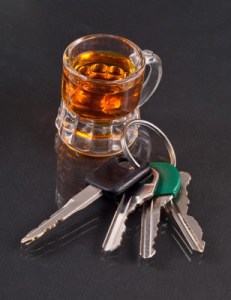Spring has sprung, and that means it is festival season has arrived! Over the next few months, volunteers and employees will descend onto the festival grounds to help serve and sell alcoholic beverages to attendees at more than half a dozen special events. Whether you’re working at Electric Daisy Carnival, Sick New World, Holo Holo Festival, or one of the other upcoming events, we can provide you with your mandatory alcohol awareness training.
We’re offering a special discount code for anyone who needs to get their TAM Card® for one of these events. Use promo code TAMFEST2024 for $5 off your alcohol awareness training and TAM Card when you register at www.tamnevada.com. Whether you prefer to complete your course online or in our classroom, we’ve got you covered. Don’t delay – only the first 100 people who use this promo code will receive the discount.
Extended Office Hours
If you’re planning to work at one or more of these festivals, make sure you are prepared. Alcohol awareness cards are required for anyone selling or serving alcoholic beverages for any length of time, including special one-time events. To better accommodate our customers traveling in to work these events, we’re also extending our office hours on the following dates:
- Wednesday, May 15th – 8:30am-7:00pm
- Thursday, May 16th – 8:30am-7:00pm
Spring Festivals and Dates
- Sick New World: April 27, 2024
- Holo Holo Festival: April 27 – 28, 2024
- Lovers & Friends: May 4, 2024
- Electric Daisy Carnival (EDC) Festival: May 17-19, 2024
To register for a class and get your TAM Card, visit our website today. Spread the word to your friends and family who are planning to work at these events.


 If you’ve taken your TAM® Card training, you know that all alcoholic beverages are not created equal. A standard serving size means 12 ounces of beer with 5% alcohol, 5 ounces of wine with 12% alcohol, and 1.5 ounces of 80-proof spirits, which are 40% alcohol by volume. This calculation helps when you are observing your guests for increasing signs of intoxication. You can easily estimate how much alcohol they have consumed and act accordingly to keep things safe.
If you’ve taken your TAM® Card training, you know that all alcoholic beverages are not created equal. A standard serving size means 12 ounces of beer with 5% alcohol, 5 ounces of wine with 12% alcohol, and 1.5 ounces of 80-proof spirits, which are 40% alcohol by volume. This calculation helps when you are observing your guests for increasing signs of intoxication. You can easily estimate how much alcohol they have consumed and act accordingly to keep things safe.